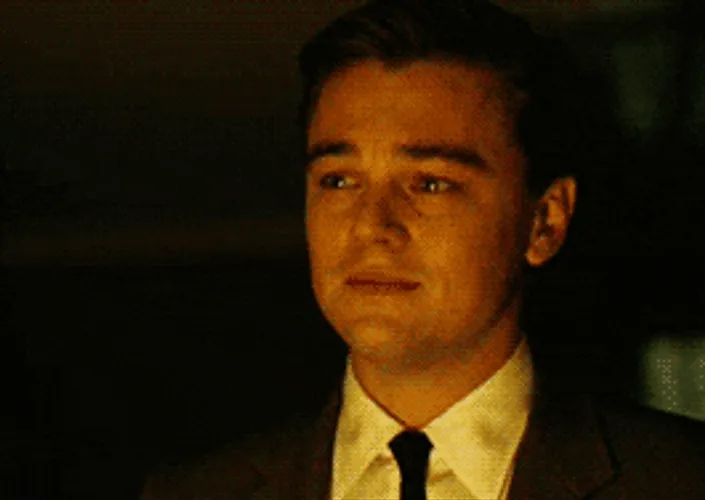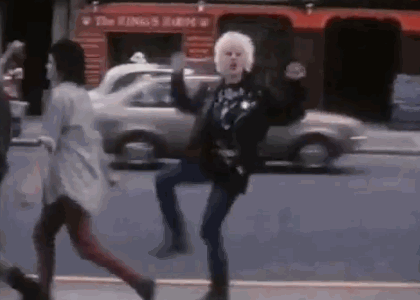Yet again it has been months since I’ve written anything on here, and even longer since I abandoned the blue time-suck of doom (Faceache) and for that I feel kinda bad. Kinda. Hahaha. (Apologies if you’ve tagged me or messaged me in the last six months or so. I promise that I’ll get around to logging back in properly to check that sort of stuff at some point.) As it is every time that I log in I see the screamingly awful amount of notifications &c. that I have and just back away from the computer slowly…
Anyhoo, I’ve been up to all sorts over the last few months here in Deutschland, want to know what? Of course you don’t but I’m going to put it down here anyway. 😛
First a bit of news about my writing. Last week my prose poem ‘This Creature, This Creature, This Wonderful Creature’ was released on the world’s premier horror fiction podcast Pseudopod, read by Christopher Reynaga of Point Mystic. You can listen to it below, or click here to listen to the entire episode.
The piece is about addiction, obsession, loss, and lovely stuff like that.
I also received an absolutely amazing review of my chapbooks Hinterland and We are the Makers of Maps from Acep Hale on the Lovecraft Ezine. A review that totally blew me away to honest. You can read that by clicking here but I think one of my favourite things in the review is this.
This slight volume simply begs to be read again and like a piece by Satie these simple phrases build and assert themselves with greater force as you read and re-read. Baader’s fiction colors and infects the reader’s view of the world.
Fucking awesome.
My story ‘Calan Mai’, a weird folk horror piece set in South Wales, has also been accepted by another well known horror fiction venue but as the contract hasn’t been signed, and I don’t know when it will be published, I’ll have to wait til a later date to announce that properly.
My next collection of stories and poems is still ‘under construction’, as it were, and will be released at some point in the future. I’ve thrown pieces out, put them back in, edited and unedited, and generally fucked around with it so much that it’s quite different to how I originally envisioned it. Therefore I’ll probably end up renaming it.
I’m also working on a couple of longer pieces that are coming along super slowly but that I’m really rather excited by. The first, Kolera, is about a city that thinks itself and empire and the second, Five Days in Traumstadt, about a city poised at the edge of dreaming. Like I said though, they are coming along slowly. Even for me.
Now, ze Germany…
Well, this place is certainly interesting. I’ll give it that. Before coming here I always thought of Germany as being a tad more modern than the UK, and in many ways it is, but here everything is still closed on Sundays. Something that hasn’t been the case in the UK since I was a nipper, which is a long time ago. This is rather nice to be honest but it’s super frustrating when you are working on a Saturday and lunch out getting stuff in for Sunday dinner as you’re knackered. Knackered being something that I quite often am after work, oh my poor old bones.
Since getting here I’ve been putting my Archaeology degree to good use by working as a stage hand. All those years of studying and my immense student debt all seem worth it now. Hahahahahaha. It seems that there isn’t much use for an Archaeologist that sprechen nur Englisch for some reason. Also there isn’t the same level of commercial involvement in Archaeology here and you tend to need a post-graduate qualification of some kind to get even basic digging work. Ach well.
There also isn’t the same level of engagement with prehistory here that there is in the UK. Last winter K____ and I went to visit the Straße der Megalithkultur; a tourist route near Bremen featuring, you guessed it, megaliths. I was surprised by how hidden many of the sites are. Surrounded by forest on all sides with only minimal information in the form of info boards. The monuments seemed hidden from view as though they were something to be ashamed of. As though, whilst they had to be preserved, they were not something of which people were to be reminded. Something that, given the misuse of prehistory and ancient culture here in the recent past, isn’t something one should be too surprised by.
The interesting thing about this seeming hiding away of monuments is that it brought to mind on of the main criticism of Christopher Tilley’s phenomenological approaches to megalithic monuments. I’ve written about, and criticised, Tilley’s approach before (click here if you’re interested) but the complete arboreal immersion of these sites illustrates quite well the fact that we don’t have the foggiest, for the most part, where Britain’s ancient forests were and where they were not. We therefore can rarely say with any certainty which monuments were visible and from where. In the UK these monuments are generally in well a heavily farmed and open landscape where the view is not obscured by dense forestry.
Tl;dr: Six years later I still think that Chris Tilley was talking mince.
Speaking of work, I’m earning here about what I would be earning in the UK for the same job but bugger me does the cash go further. I’m able to live as if I was working a full time job in the UK but only working 2-3 days a week. Almost everything here is cheaper than the UK. Rent, food, beer, you know, the important stuff costs comparatively sweet FA. The only thing that I’ve noticed being more expensive is electronics and seeing as I rarely buy electronic doo-dads that doesn’t matter.
Cheaper still than Germany is Czech. K____ and I went to Kalovy Vary in Czechia for a few days last month and even though Kalovy Vary is a tourist destination (favoured by a bunch of Russian oligarchs apparently) it’s still markedly cheaper. Czechia is also absolutely gorgeous.
Kalovy Vary is surrounded by hills and the view from above the town is an absolutely spectacular of something I’ve recently discovered is known as a landskein. The interweaving of hills into the distance.
The town is also known for its hot springs, the water of which people drink for their supposed health giving properties. I gave it a try. I would suggest, should you ever visit, that you don’t. Just. Fucking. Don’t. It’s like drinking the bath water after Satan has been washing his ringpiece.
Another thing that struck me as we drove to Kalvy Vary is quite how fucked the surrounding towns are compared to Kalovy Vary itself. One town not far from the German border, the name of which escapes me at present, was so dishevelled I thought that it was abandoned until I saw someone emerging from a house. The fall of Communism has clearly not been a boon for a great many people.
We also discovered a wonderful autobahn junction that was like driving along a Moebius Strip, it just seemed to keep on looping back on itself until it deemed fit to spew you forth onto the autobahn.
On the way back from Czechia we called in to Schwarzenberg to see K____’s parents and I got the chance to see their local space museum in Muldenhammer. The museums had some pretty cool stuff, like a bust of Yuri Gagrin, but the most fun thing for me was the life size model of one of the modules from the Mir Space Station. #geekjoy
There’s plenty more that I could write about but I’m going to leave it at this for now. I may post some more stuff soon, but knowing me I probably won’t. Hahahaha.































 Sam Cowan’s new publishing house
Sam Cowan’s new publishing house  Dim Shores have also published a long novella by
Dim Shores have also published a long novella by 


